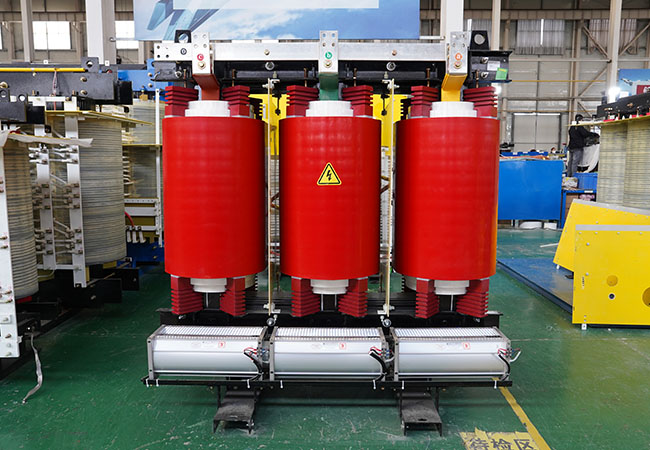Transformer No-Load Voltage Regulation And On-Load Voltage Regulation And Their Differences
09-02 2024 | By:
1. Introduction to no-load voltage regulation transformer
No-excitation voltage regulation refers to no-load voltage regulation, and the voltage can only be regulated when the transformer is not energized.
Low-loss no-excitation voltage regulation transformer and three-phase on-load voltage regulation transformer (dry-type transformer) both refer to the voltage regulation method of transformer tap changer. The difference is that the low-loss no-excitation voltage regulation transformer pressure switch does not have the ability to switch gears with load, because this kind of tap changer has a short-term disconnection process during the gear switching process. Disconnecting the load current will cause arcing between the contacts to burn the tap changer or short-circuit, so the transformer must be shut down when switching gears. Therefore, it is generally used for transformers that do not have strict voltage requirements and do not need to adjust gears frequently. The tap changer of the three-phase on-load voltage regulation transformer can switch gears with load, because the on-load tap changer does not have a short-term disconnection process during the gear adjustment process. It switches from one gear to another through a transition resistor, so there is no arcing process when the load current is disconnected.

ZTELECGROUP On-load tap-changing transformer manufacturer since 1958, contact us now for the best quote!
2. Introduction to on-load voltage-regulating transformers
Transformers have impedance. During power transmission, voltage drops will occur and change with the load on the user side. The fluctuation of system voltage plus the change of load on the user side will cause a large change in voltage. Under the premise of achieving local balance of reactive power, when the voltage change exceeds the set value, the on-load voltage-regulating transformer will act after a certain delay to adjust the voltage and maintain the voltage stability.
3. The difference between no-load voltage regulation and on-load voltage regulation of transformers
The difference is that the no-load voltage-regulating switch does not have the ability to switch gears with load, and the transformer must be powered off when switching gears. The on-load tap-changer can switch gears with load.
The no-load voltage-regulating transformer must adjust the tap of its high-voltage winding in the case of a power outage, thereby changing the transformer ratio to achieve the purpose of adjusting the voltage on the low-voltage side. Its voltage regulation range is small, generally within ±5%. It can only be adjusted 1-2 times a year. Most of the transformers widely used in the power system are no-load voltage-regulating transformers.
The on-load voltage-changing transformer has a special tap changer switch, which can change the tap position to adjust the voltage without power outage (with load). Its voltage adjustment range is large, generally more than 15% or even up to 30%, and it can be adjusted several times a day according to the change of load size, and it can be adjusted automatically.
You may also find these interesting:


